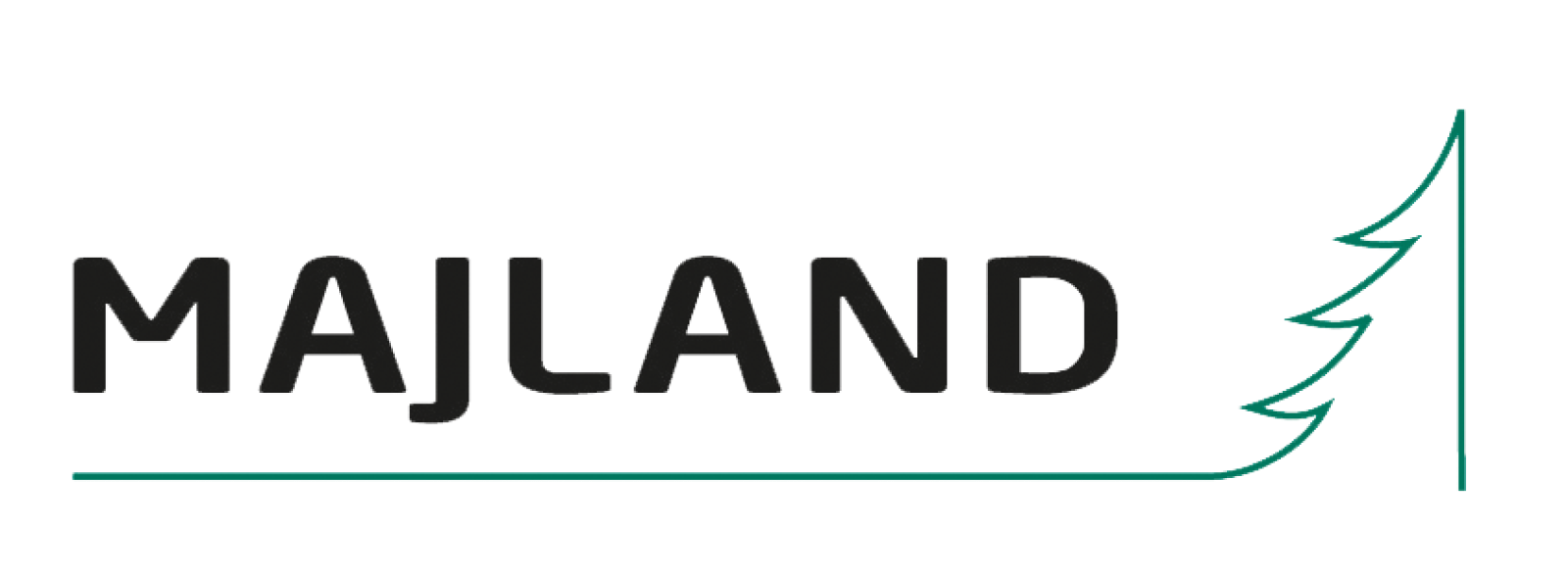Closing Gaps in Legacy Reporting Structures
Majland has used business intelligence (BI) software for nearly a decade, but the tool they used before TARGIT created significant gaps in their reporting processes. Jacob Majland, Manager at Majland, explains that the company’s previous BI system was difficult to use, and often produced inaccurate or even incomplete reports on performance data, parts inventory, and more.
Without a reliable reporting system, Majland’s employees were often forced to operate without valuable insights or question the validity of the reports they did receive. In an industry where the tiniest differences in genetic information can impact the viability of an entire crop, these gaps in information were potentially detrimental to Majland’s ongoing success.
On top of that, Majland adopted the IFS ERP in 2019 together with TARGIT partner Curit. IFS’s technical architecture can make it difficult for users to conduct analyses across modules and tables, whether they want a deep dive into data or an overview of performance. The users also needed a way to review historical data and confirm its accuracy before sharing reports with other employees.
Jacob knew Majland needed a more efficient, user-friendly BI solution to produce accurate, up-to-date reports and analyses for frontline teams and leadership staff alike. In his own position, he needed the flexibility to dictate:
- Which reports he needed to review
- What each report should include
- How each report would be structured
- How often each report should be updated
Majland found the right balance of technical functionality and frontend capabilities in TARGIT’s end-to-end BI and analytics platform recommended by Curit. Jacob explains, “TARGIT has made it very easy to develop impactful, easy-to-read reports. I find that TARGIT opens up many more possibilities than our old BI solution.”
Improving Visibility Across Teams and Systems
Jacob references TARGIT reports on a daily basis to understand where his customers are in the buying process and which ones he needs to contact. This type of customer data is typically stored in IFS, which affords Jacob minimal visibility on its own. However, he can use TARGIT to see which customers haven’t made their annual purchases or which ones have changed their buying habits.
TARGIT gives Jacob unparalleled visibility in other operations, too. He uses the platform to track sales numbers, invoicing status, delivery status, and more. For example, if he’s working with an outside plant salesperson who earns a commission, he can use TARGIT to track their monthly sales and calculate how much Majland owes them in salary or additional bonuses.
During peak Christmas tree purchasing season — from July to September — Jacob and the larger Majland team rely on TARGIT to record and report on inventory stock levels and progress toward various sales-related KPIs.

TARGIT’s dashboards allow them to analyze stock levels and current inventory in extreme detail, even down to which trees are growing in which beds across the commercial nursery. Plus, teams rely on TARGIT to record information about each tree in their inventory, from the sale price to country of origin. Since details are critical in commercial horticulture, this depth of reporting sets the Majland team up for success.
Turning Multi-Source Data into Business Decisions
For Jacob, reporting is all about accuracy, which allows him to completely trust his organization’s BI and analytics solution.
And even though he doesn’t operate or manage the backend of TARGIT, he relies on the customization features it provides to himself and the greater Majland team. He explains that theory and practice meet when he proposes an idea to his IT department.
Thanks to TARGIT’s BI platform and curated accelerator for IFS, it’s been relatively easy for Majland to bridge the gap between the two: “From-scratch BI implementations take time because you have to dictate exactly what you want or need from your new reporting structure. But adding TARGIT’s pre-built solution into IFS made it significantly easier for us to start analyzing and reporting on valuable data.”
TARGIT is especially helpful in financial conversations, as it reflects the latest IFS data and indicates which operations are over or under budget. Jacob uses TARGIT to guide regular budget meetings and gain insight into Majland’s accounting operations. “We can go down into the details and look at the single invoice that comes in or zoom out to gain a complete overview of our financial performance.”

Sowing the Seeds for Future Success
Jacob explains that Majland is continuously innovating and evolving its production models to meet consumer demand. “I have a lot of ideas about what to do here in the nursery as we enter the age of robotics.”
Right now, Majland’s cultivation and harvesting processes are high-touch and revolve around a human workforce. However, Jacob hopes to explore possibilities that would enable Majland to adopt this cutting-edge technology in their own small-branch nursery.
Majland is also looking to increase its sustainability in the near future, exploring green energy sources and continually identifying ways to streamline production and reduce its carbon footprint. In-depth reporting from TARGIT is essential in this effort, as it shows Majland’s team where improvement opportunities exist and how finances play into new business strategies.


